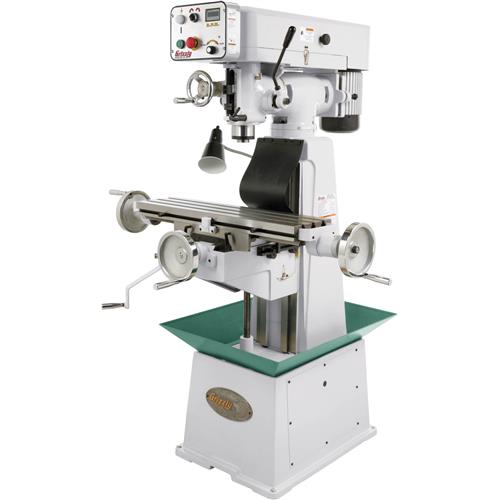- Joined
- Nov 17, 2017
- Messages
- 1,525
Can anybody further extrapolate on that "scale"? My assumption is that its harder than the steel underneath. If so then why wouldn't I want to take shallower cuts with it than what you all say, a deeper cut? Not wrapping my head around that one.
Mill scale is simply what steel does when hot rolled; the water, air, and other lubricants in the plant and the nature of steel simply cause this scale to "happen". IT is not rust (although it forms in the same way and from the same reactions, but the hot steel being {rolled, formed, welded, ground, ...} is hot so it stays in the annealed state during processing, hot steel is converted into iron oxide with slightly different chemistry than rust on a steel's surface.
The important thing about mill scale is to get the cutting point under it--the cutting point at the end of the end mill is the a) most used, b) weakest portion of the EM. You want the tip of the EM to be under cutting normal steel, while the side edge is dealing with the mill scale. The mill scale would come off with the steel it is bound to if you could cut the top 0.010 off the steel surface without touching the rest of the steel with the tool. {but we can't}


